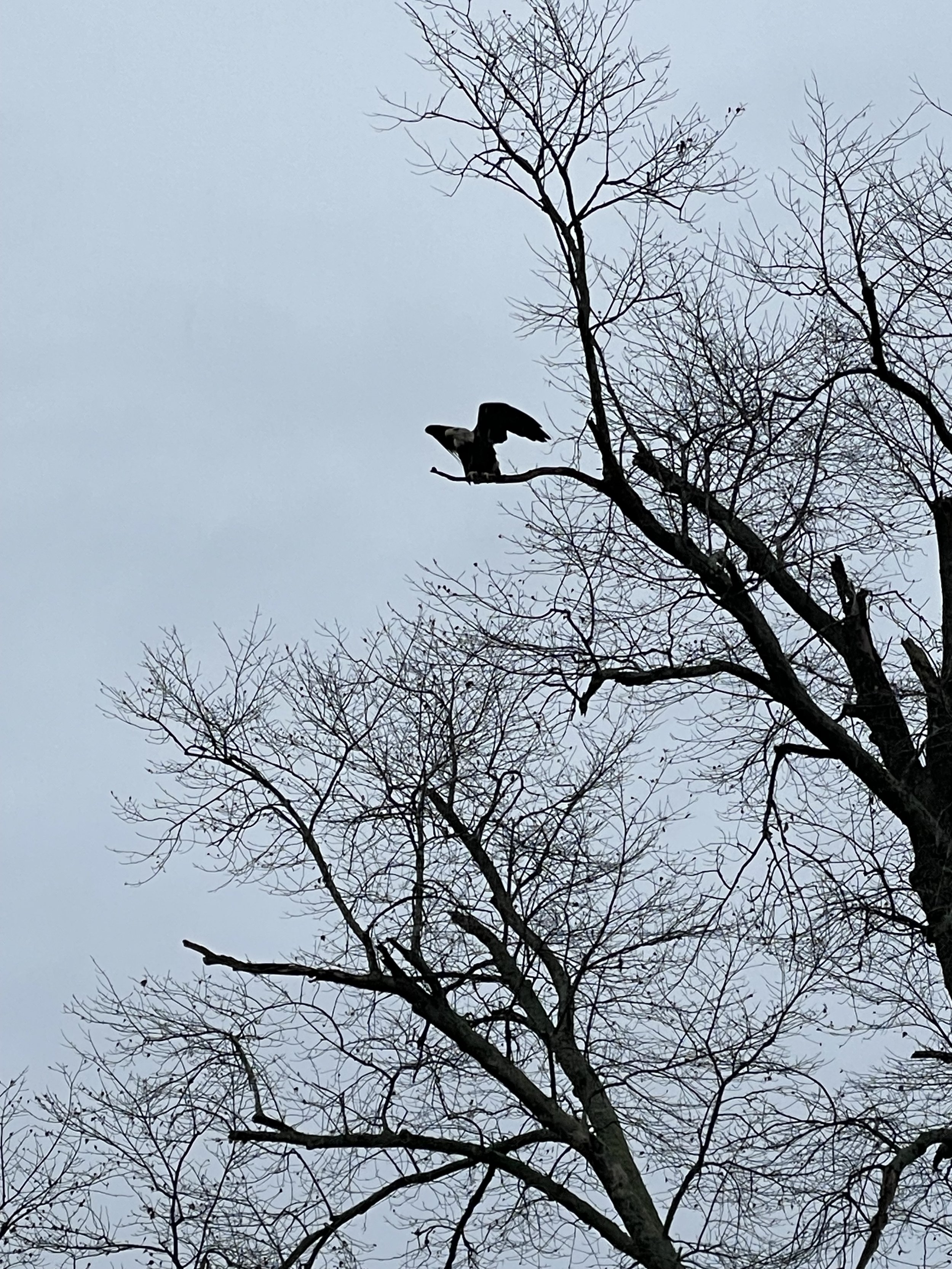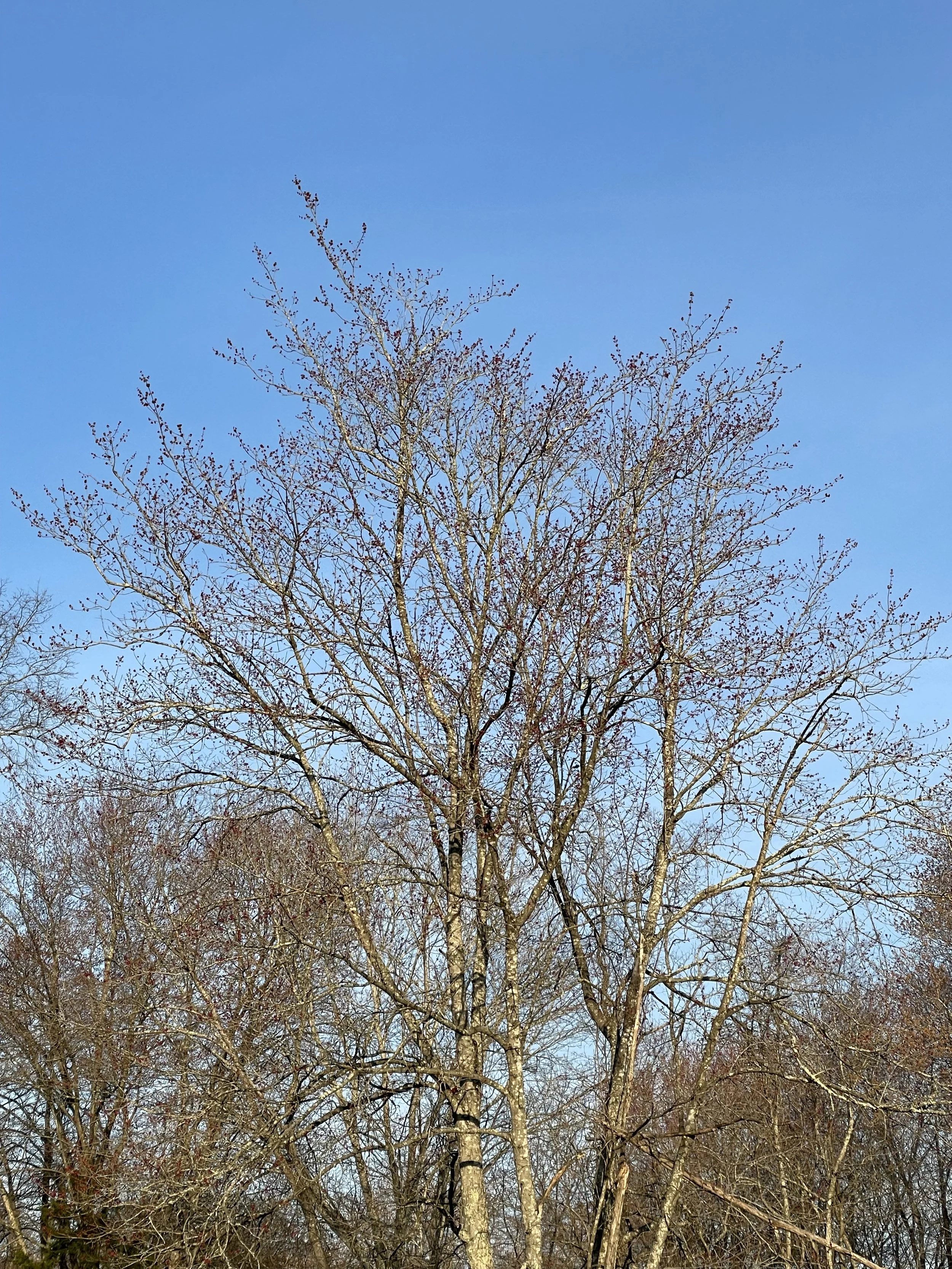Wild life on the farm.
As my flower farm dreams started to become a reality, I quickly started looking for the right organizational templates to plan my heart away. I landed on a large printable packet from Etsy that had pages and pages of planners and trackers for everything plant and garden related. I spent the first few run throughs after printing it all to determine what was and wasn’t relevant or usable. I came upon a worksheet called “Garden Wildlife Tracker,” and I chuckled to myself a bit, as I thought it was sort of silly to track the deer, and birds- at least for gardening purposes. I know what I want to keep OUT of the plants: deer, rabbit, and birds are the main critters to watch out for on our property as far as wildlife garden pests go. I wondered at how that could be relevant, and tossed it aside.
This, however, does not mean that I’m not interested in the wildlife on our property. Funnily enough, I have subconsciously learned to track it. I just didn’t quite realize it, or at least how it could help in regard to my farming, until one night recently when I saw the geese flying over head. We live in farm country, with crop fields and ponds galore, so the geese are regular visitors. Our area of Virginia is just on the cusp of the “year round” region of goose migration, and what I’ve noticed is that we have a few random pairs that will nest at the ponds over winter, yet the majority fly south and return in large swaths when it becomes warmer here. When they flew over head the other night I took note of which way they were going. Are they stragglers? Are they lost? Just biding time here for a bit? I noticed they were heading north, and I’ve noticed it more frequently over the weeks. This means they have detected a shift in the weather and know it will soon be warm in the northern parts of the world! Which means… warmer weather coming soon for our farm! I immediately was reminded of that “silly” worksheet, and how it was something that I was already doing. It made me wonder what other bits of wildlife that I track, and how it helps me on the farm.
In truth, I study the wildlife on our property fairly closely. That was not what that I found odd about the worksheet, I love observing what’s going on with the animals living here. It was only the way in which it could be useful for my gardening that came as a surprise.
Our family spends a large chunk of time watching the families of deer that have been living here for generations. They leave their fawn in the overgrowth surrounding our creek, and spend their evenings grazing our yards. We have hummingbird feeders at every bedroom window in our home, and delight in their buzzing. We have a mated pair of hawks that live in the woods just behind our property, and I’ve watched them raise three to four fledglings per season. I know their call like I know the cry of my children. I also know, without a doubt, that not long after I hear the hawk, I’m going to hear the crows. Since we’ve moved to this property we’ve noticed a steady increase in the crow population, and they’ve become more and more comfortable coming closer to the fence line and our home. They are highly territorial and do not care for hawks. They will come from what seems like long distances to chase the hawk away from our horse and sheep pastures. They seem to allow them, somewhat, in the front crop fields. Although the crow are relentless, it never seems to bother the hawk too much, and they fly away only to come right back. We have tons of other Virginia bird life, including a mocking bird that lives in the tree outside of our bedroom. I know this because mockingbirds are one of the birds that will sing all night long for a mate, not just at dawn. These birds are also territorial and do not like the crows, and I’ve watched my tree dweller attack the crows sitting on the fence many times. Our barn is filled with barn swallows and (the highly invasive) starlings. Barn swallows are beautiful and sing pretty songs. Starlings are beautiful from afar, as they fly in their wavelike swarms, yet they have completely over taken our barn and it is gross with their poop covering the rafters. We have woodpecker, cardinals, and tons of other birds that flitter around in the overgrowth of the woods. The other bird you are guaranteed to see are the turkey vultures. They seem to be bothered by no other birds, and seemingly do not bother any others either.
The only bird that I have seen the vultures be told off by, is also the rarest of bird sightings. This is the bald eagle. After so many years of living here we have figured that there is a family that nests somewhere within range of us. You see, when we lose a lamb to a coyote, there are parts that are left behind for the scavengers. These are cleaned up by the local fox, the crow, the vulture, and the very large eagle! It disheartens us when we lose sheep, yet the bald eagle sightings bring us a meaningful, full circle moment. The coyote also live out there in the woods behind our property, yet I’ve had only a few sightings, and other than taking my sheep I don’t know much of their habits.
Of course, this is strictly the animal wildlife around us. On an early morning walk with my twins the other morning I was quickly aware of all of the signs of life and spring popping up that aren’t at first obvious. Such as the trees popping with the tiniest of leaves. Or the sound of bull frogs waking up at the creek. The early bees and wasps I’ve seen buzzing around are certainly indicative of something! All things I subconsciously track to tell me about the world around me.
This is a lot of information to know about the wildlife here at the farm, especially from someone who scoffed at the idea of tracking it. I’ve clearly been tracking all along! Now, like the geese, how can I use this knowledge to my advantage? Do these sightings tell me anything useful? Maybe I will use that tracker this season after all…



